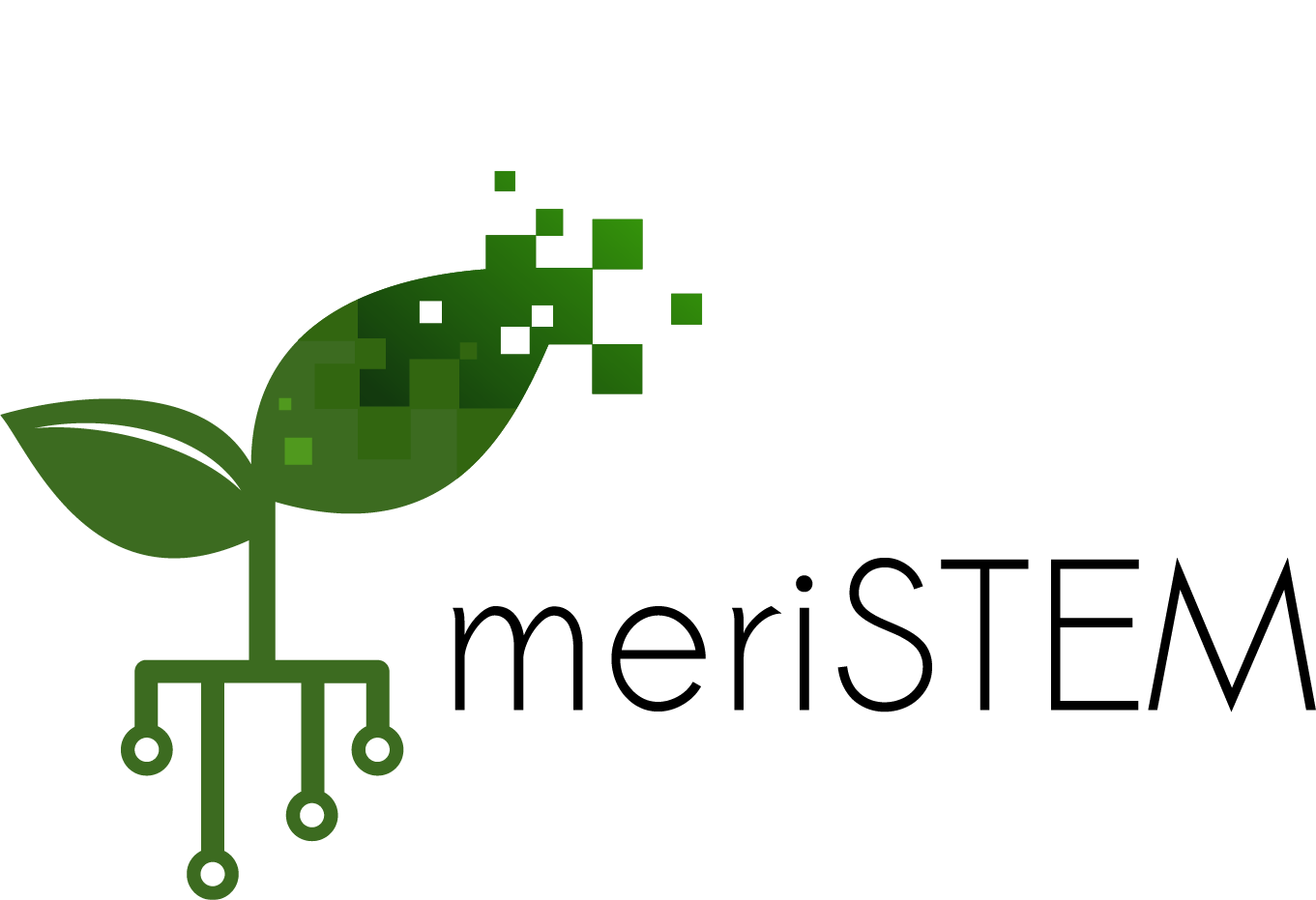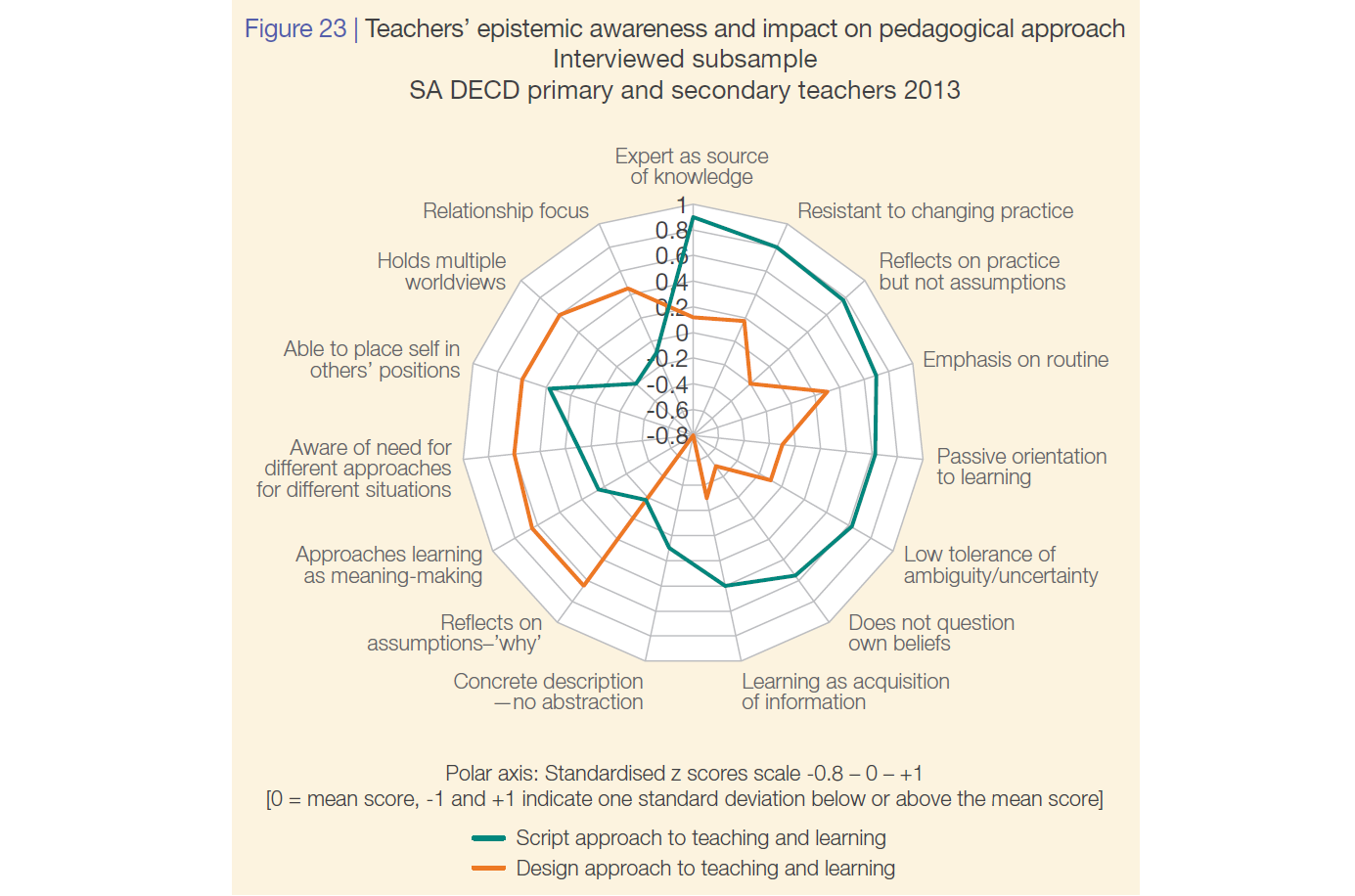Teaching in contemporary learning spaces, Julia Atkin. Published 02 September 2019 on Teachermagazine.com
Summary
‘Teaching is now understood to be about embracing the challenge of developing learners who are equipped to work collaboratively, creatively, and critically on complex, non-routine, unfamiliar problems’: Julia Atkin’s work explores teachers’ perceptions of the roles of teachers and how this influences their adaptability to modern teaching, based on the South Australian Teaching for Effective Learning (TfEL) Framework. The research linked assumptions about the role of the teacher, teaching philosophy, the range of pedagogical strategies employed, and how this impacted on adaptability to contemporary teaching (e.g. collaborative, active learning classroom layouts and approaches). It suggests strategies for bringing traditional-style teachers to the active learning party.

FOR meriSTEM teachers
While the article is framed around attitudes towards creating new learning spaces and funky furniture, the same could apply to how teachers approach classroom flipping. The diagrams from the research are a great discussion point for reflection. Where would you place yourself? Your colleagues?
For meriSTEM school leaders
‘Stimulating dialogue about the nature of learning, accessing teachers’ personal story knowledge of their own … experiences, eliciting teachers’ values and beliefs about learning … are all strategies that support teachers make the transition’. The TfEL Framework could be a good place to start a professional reflective discussion.

